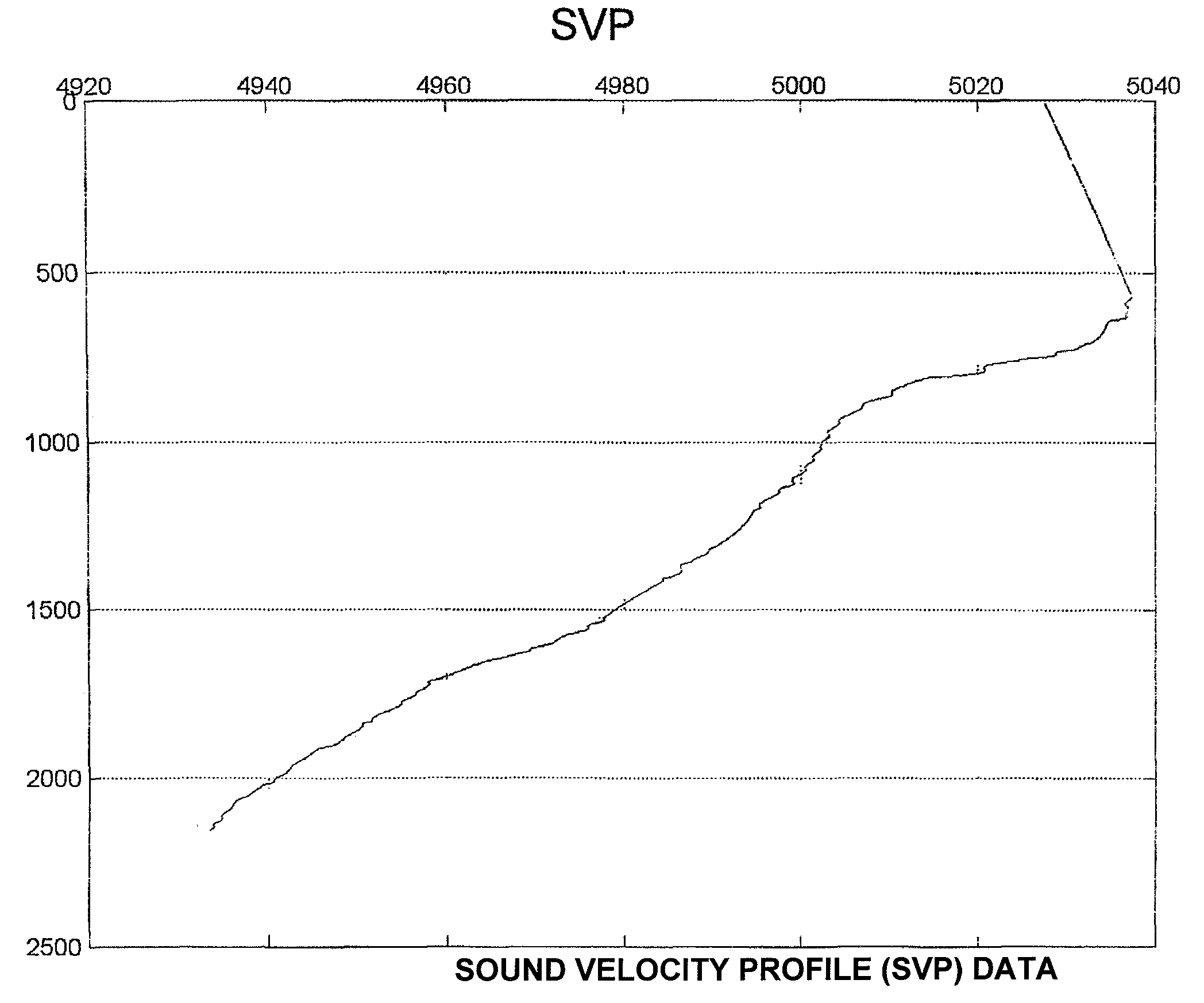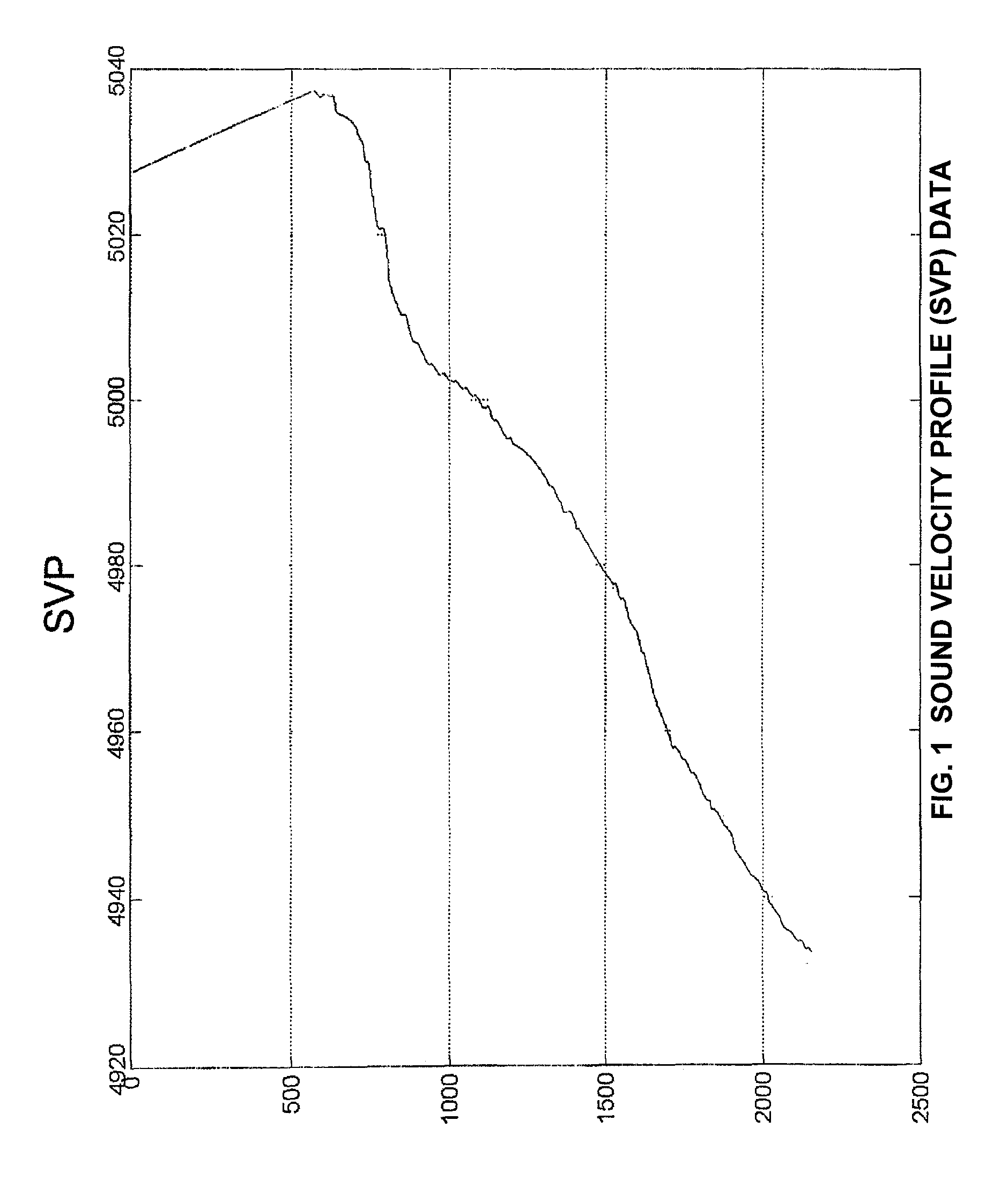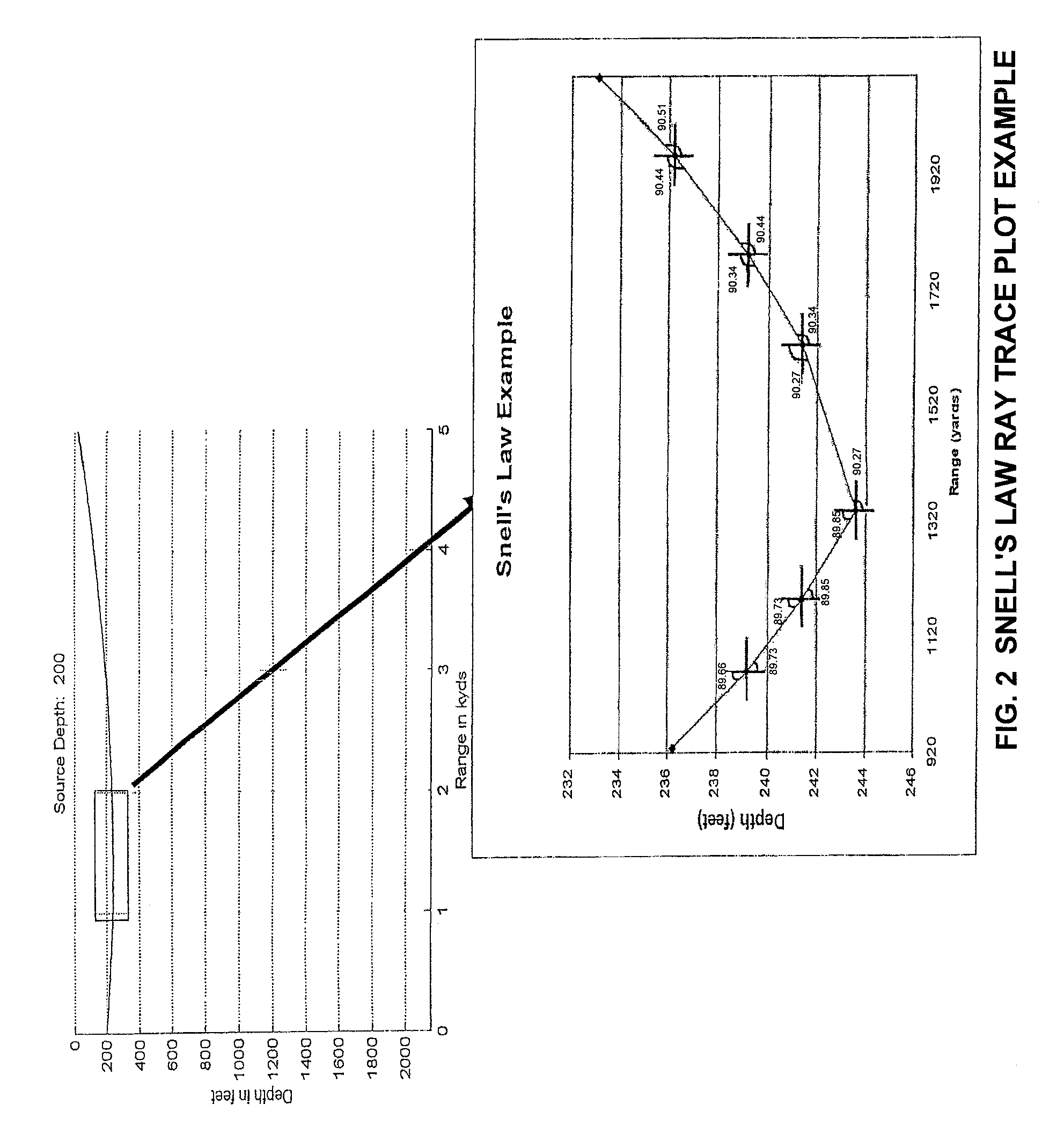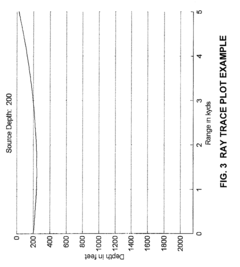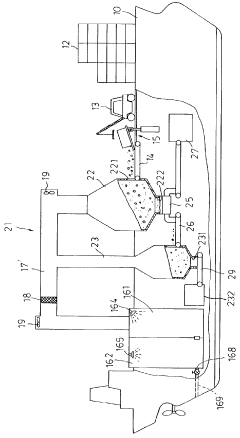How sea and land influences affect laryngoscope usability.
JUL 14, 20259 MIN READ
Generate Your Research Report Instantly with AI Agent
Patsnap Eureka helps you evaluate technical feasibility & market potential.
Laryngoscope Evolution
The laryngoscope has undergone significant evolution since its inception in the early 19th century. Initially developed as a simple tool for examining the larynx, it has transformed into a sophisticated device crucial for airway management in various medical settings. The evolution of laryngoscopes can be traced through several key stages, each marked by technological advancements and improved design features.
In the early 1800s, the first laryngoscopes were rudimentary devices consisting of a mirror and a light source. These indirect laryngoscopes allowed physicians to view the larynx but offered limited functionality. The late 19th century saw the introduction of direct laryngoscopy, pioneered by Alfred Kirstein in 1895. This marked a significant leap forward, enabling direct visualization of the larynx and vocal cords.
The mid-20th century brought about the development of the Macintosh laryngoscope in 1943, which revolutionized the field. Its curved blade design significantly improved the ease of intubation and became the standard for decades. This period also saw the introduction of fiber optic technology in laryngoscopes, enhancing illumination and image quality.
The late 20th and early 21st centuries witnessed rapid advancements in laryngoscope technology. Video laryngoscopes, introduced in the 1990s, incorporated small cameras and video screens, providing a clear, magnified view of the airway. This innovation greatly improved the success rate of intubations, especially in difficult cases.
Recent years have seen further refinements in laryngoscope design, focusing on ergonomics, portability, and adaptability to different clinical scenarios. Disposable laryngoscopes have gained popularity due to their convenience and reduced risk of cross-contamination. Additionally, the integration of advanced imaging technologies and artificial intelligence has begun to enhance the capabilities of modern laryngoscopes.
The evolution of laryngoscopes has also been influenced by the growing understanding of airway anatomy and physiology. This has led to the development of specialized laryngoscopes for pediatric patients, obese individuals, and those with anatomical abnormalities. Furthermore, the need for laryngoscopes in various medical settings, from emergency rooms to field operations, has driven innovations in durability and portability.
As the field of laryngoscopy continues to evolve, researchers and manufacturers are exploring new materials, improved ergonomics, and enhanced imaging technologies. The focus is on developing laryngoscopes that are not only more effective but also more comfortable for both patients and healthcare providers. This ongoing evolution reflects the critical role of laryngoscopes in modern medicine and the continuous drive to improve patient care and outcomes in airway management.
In the early 1800s, the first laryngoscopes were rudimentary devices consisting of a mirror and a light source. These indirect laryngoscopes allowed physicians to view the larynx but offered limited functionality. The late 19th century saw the introduction of direct laryngoscopy, pioneered by Alfred Kirstein in 1895. This marked a significant leap forward, enabling direct visualization of the larynx and vocal cords.
The mid-20th century brought about the development of the Macintosh laryngoscope in 1943, which revolutionized the field. Its curved blade design significantly improved the ease of intubation and became the standard for decades. This period also saw the introduction of fiber optic technology in laryngoscopes, enhancing illumination and image quality.
The late 20th and early 21st centuries witnessed rapid advancements in laryngoscope technology. Video laryngoscopes, introduced in the 1990s, incorporated small cameras and video screens, providing a clear, magnified view of the airway. This innovation greatly improved the success rate of intubations, especially in difficult cases.
Recent years have seen further refinements in laryngoscope design, focusing on ergonomics, portability, and adaptability to different clinical scenarios. Disposable laryngoscopes have gained popularity due to their convenience and reduced risk of cross-contamination. Additionally, the integration of advanced imaging technologies and artificial intelligence has begun to enhance the capabilities of modern laryngoscopes.
The evolution of laryngoscopes has also been influenced by the growing understanding of airway anatomy and physiology. This has led to the development of specialized laryngoscopes for pediatric patients, obese individuals, and those with anatomical abnormalities. Furthermore, the need for laryngoscopes in various medical settings, from emergency rooms to field operations, has driven innovations in durability and portability.
As the field of laryngoscopy continues to evolve, researchers and manufacturers are exploring new materials, improved ergonomics, and enhanced imaging technologies. The focus is on developing laryngoscopes that are not only more effective but also more comfortable for both patients and healthcare providers. This ongoing evolution reflects the critical role of laryngoscopes in modern medicine and the continuous drive to improve patient care and outcomes in airway management.
Maritime Medical Needs
Maritime environments present unique challenges for medical care, particularly in the use of critical equipment such as laryngoscopes. The usability of these devices is significantly influenced by both sea and land factors, creating a pressing need for specialized solutions in maritime medical settings. At sea, the constant motion of vessels, varying weather conditions, and limited space in medical facilities aboard ships pose substantial obstacles to effective laryngoscope use. The rolling and pitching of ships can make it difficult for medical professionals to maintain a stable position while performing intubation procedures, potentially compromising patient safety and treatment outcomes.
On land, coastal areas and offshore installations face their own set of challenges. High humidity, salt-laden air, and extreme temperature fluctuations can affect the durability and functionality of laryngoscopes. These environmental factors may lead to corrosion of metal components, degradation of optical elements, and malfunction of electronic parts in more advanced laryngoscope models. Additionally, the remote nature of many maritime and coastal locations often means limited access to maintenance services and replacement parts, further emphasizing the need for robust and reliable equipment.
The maritime industry, including commercial shipping, offshore oil and gas operations, and naval forces, requires medical equipment that can withstand these harsh conditions while maintaining optimal performance. There is a growing demand for laryngoscopes specifically designed to address these maritime challenges. Features such as enhanced grip for use in wet conditions, corrosion-resistant materials, and stabilization mechanisms to counteract vessel movement are becoming increasingly important.
Furthermore, the global nature of maritime operations necessitates equipment that can function reliably across diverse geographical locations and climates. From the icy waters of polar regions to the humid tropics, laryngoscopes must maintain their usability and effectiveness. This variability in operating environments calls for versatile designs that can adapt to different conditions without compromising performance.
The need for specialized maritime medical equipment extends beyond just laryngoscopes. There is a broader requirement for a comprehensive range of medical devices and systems tailored to the unique demands of sea-based healthcare. This includes telemedicine capabilities to connect remote maritime locations with onshore medical expertise, portable diagnostic tools that can withstand maritime conditions, and storage solutions that protect sensitive medical equipment from the corrosive effects of the marine environment.
On land, coastal areas and offshore installations face their own set of challenges. High humidity, salt-laden air, and extreme temperature fluctuations can affect the durability and functionality of laryngoscopes. These environmental factors may lead to corrosion of metal components, degradation of optical elements, and malfunction of electronic parts in more advanced laryngoscope models. Additionally, the remote nature of many maritime and coastal locations often means limited access to maintenance services and replacement parts, further emphasizing the need for robust and reliable equipment.
The maritime industry, including commercial shipping, offshore oil and gas operations, and naval forces, requires medical equipment that can withstand these harsh conditions while maintaining optimal performance. There is a growing demand for laryngoscopes specifically designed to address these maritime challenges. Features such as enhanced grip for use in wet conditions, corrosion-resistant materials, and stabilization mechanisms to counteract vessel movement are becoming increasingly important.
Furthermore, the global nature of maritime operations necessitates equipment that can function reliably across diverse geographical locations and climates. From the icy waters of polar regions to the humid tropics, laryngoscopes must maintain their usability and effectiveness. This variability in operating environments calls for versatile designs that can adapt to different conditions without compromising performance.
The need for specialized maritime medical equipment extends beyond just laryngoscopes. There is a broader requirement for a comprehensive range of medical devices and systems tailored to the unique demands of sea-based healthcare. This includes telemedicine capabilities to connect remote maritime locations with onshore medical expertise, portable diagnostic tools that can withstand maritime conditions, and storage solutions that protect sensitive medical equipment from the corrosive effects of the marine environment.
Environmental Challenges
The environmental challenges faced by laryngoscopes in sea and land settings present significant obstacles to their usability and effectiveness. In maritime environments, the constant motion of ships and vessels creates a dynamic and unstable platform for medical procedures. This movement can severely impact the precision required for laryngoscopy, making it difficult for healthcare providers to maintain a clear view of the patient's airway. Additionally, the high humidity levels in marine atmospheres can lead to fogging of the laryngoscope's lens, further compromising visibility during critical moments.
Saltwater exposure poses another major challenge for laryngoscopes used in maritime settings. The corrosive nature of saltwater can damage the delicate components of the device, potentially leading to equipment failure or reduced lifespan. This necessitates the use of specialized, corrosion-resistant materials and protective coatings, which may impact the overall design and cost of the laryngoscope.
In land-based environments, particularly in remote or austere locations, dust and particulate matter become significant concerns. These particles can accumulate on the laryngoscope's optical surfaces, obstructing the view and potentially causing damage to the device's internal components. Extreme temperature variations, common in desert or arctic regions, can affect the performance of electronic components and battery life, potentially rendering the laryngoscope inoperable when needed most.
Lighting conditions present challenges in both sea and land environments. On ships, the often dimly lit and confined spaces of medical bays can make it difficult to achieve optimal illumination for laryngoscopy. In outdoor land settings, glare from bright sunlight can interfere with the visibility of the laryngoscope's display or the clinician's direct view of the airway.
The physical constraints of different environments also impact laryngoscope usability. In maritime settings, the limited space available in ship infirmaries or rescue boats may restrict the range of motion required for effective laryngoscopy. Similarly, in rugged terrain or disaster zones, the lack of proper medical facilities can force healthcare providers to perform procedures in suboptimal positions, affecting their ability to manipulate the laryngoscope effectively.
Electromagnetic interference (EMI) is another environmental factor that can affect laryngoscope performance, particularly for video laryngoscopes. On ships with numerous electronic systems, or in land-based settings near power lines or communication towers, EMI can disrupt the video feed or other electronic functions of advanced laryngoscopes.
To address these environmental challenges, laryngoscope design must evolve to incorporate robust, waterproof, and dustproof construction. Advanced sealing techniques, anti-fog coatings, and shock-resistant materials are essential for maintaining functionality across diverse environments. Additionally, the development of adaptive lighting systems and glare-resistant displays can enhance visibility in varying light conditions. Ultimately, the goal is to create versatile laryngoscopes that can withstand the rigors of both sea and land influences while maintaining optimal usability and reliability in critical medical situations.
Saltwater exposure poses another major challenge for laryngoscopes used in maritime settings. The corrosive nature of saltwater can damage the delicate components of the device, potentially leading to equipment failure or reduced lifespan. This necessitates the use of specialized, corrosion-resistant materials and protective coatings, which may impact the overall design and cost of the laryngoscope.
In land-based environments, particularly in remote or austere locations, dust and particulate matter become significant concerns. These particles can accumulate on the laryngoscope's optical surfaces, obstructing the view and potentially causing damage to the device's internal components. Extreme temperature variations, common in desert or arctic regions, can affect the performance of electronic components and battery life, potentially rendering the laryngoscope inoperable when needed most.
Lighting conditions present challenges in both sea and land environments. On ships, the often dimly lit and confined spaces of medical bays can make it difficult to achieve optimal illumination for laryngoscopy. In outdoor land settings, glare from bright sunlight can interfere with the visibility of the laryngoscope's display or the clinician's direct view of the airway.
The physical constraints of different environments also impact laryngoscope usability. In maritime settings, the limited space available in ship infirmaries or rescue boats may restrict the range of motion required for effective laryngoscopy. Similarly, in rugged terrain or disaster zones, the lack of proper medical facilities can force healthcare providers to perform procedures in suboptimal positions, affecting their ability to manipulate the laryngoscope effectively.
Electromagnetic interference (EMI) is another environmental factor that can affect laryngoscope performance, particularly for video laryngoscopes. On ships with numerous electronic systems, or in land-based settings near power lines or communication towers, EMI can disrupt the video feed or other electronic functions of advanced laryngoscopes.
To address these environmental challenges, laryngoscope design must evolve to incorporate robust, waterproof, and dustproof construction. Advanced sealing techniques, anti-fog coatings, and shock-resistant materials are essential for maintaining functionality across diverse environments. Additionally, the development of adaptive lighting systems and glare-resistant displays can enhance visibility in varying light conditions. Ultimately, the goal is to create versatile laryngoscopes that can withstand the rigors of both sea and land influences while maintaining optimal usability and reliability in critical medical situations.
Current Design Solutions
01 Ergonomic design for improved handling
Laryngoscopes are designed with ergonomic features to enhance usability and reduce user fatigue. This includes optimized handle shapes, balanced weight distribution, and textured surfaces for better grip. These design elements improve control and precision during intubation procedures.- Ergonomic design for improved handling: Laryngoscopes are designed with ergonomic features to enhance usability and reduce user fatigue. This includes optimized handle shapes, balanced weight distribution, and textured surfaces for better grip. These improvements allow for more precise control and easier manipulation during intubation procedures.
- Enhanced visualization technologies: Modern laryngoscopes incorporate advanced visualization technologies to improve the view of the larynx and surrounding structures. This may include high-resolution cameras, LED lighting systems, and image processing software to enhance clarity and contrast. These features aid in accurate placement of endotracheal tubes and reduce the risk of complications.
- Integration of digital interfaces and data management: Laryngoscopes are increasingly equipped with digital interfaces and data management capabilities. This allows for real-time display of patient information, recording of procedures for training or documentation purposes, and integration with hospital information systems. Such features enhance the overall usability and efficiency of the device in clinical settings.
- Modular and customizable components: To improve usability across different patient populations and clinical scenarios, laryngoscopes are designed with modular and customizable components. This includes interchangeable blades of various sizes and shapes, adjustable handles, and removable electronic modules. Such flexibility allows healthcare providers to adapt the device to specific needs, enhancing its versatility and ease of use.
- User-friendly controls and feedback mechanisms: Laryngoscopes incorporate intuitive controls and feedback mechanisms to enhance usability. This may include tactile buttons, voice-activated commands, and haptic feedback systems. Additionally, some devices feature real-time guidance systems that provide visual or auditory cues to assist in proper placement and technique, improving the learning curve for new users and enhancing overall performance.
02 Enhanced visualization technologies
Advanced imaging and lighting technologies are incorporated into laryngoscopes to improve visibility during intubation. This may include high-resolution cameras, LED lighting systems, and image processing algorithms to enhance the view of the larynx and surrounding structures, facilitating easier and more accurate intubation.Expand Specific Solutions03 User interface and control improvements
Laryngoscopes feature improved user interfaces and control mechanisms to enhance usability. This includes intuitive button layouts, touchscreen displays, and voice-activated controls. These improvements allow for easier operation and adjustment of settings during procedures, reducing cognitive load on the user.Expand Specific Solutions04 Integration of smart technologies
Modern laryngoscopes incorporate smart technologies to enhance usability and functionality. This may include wireless connectivity for data transfer, integration with electronic health records, and AI-assisted intubation guidance. These features provide real-time feedback and support to improve procedural outcomes.Expand Specific Solutions05 Modular and adaptable designs
Laryngoscopes are designed with modular and adaptable components to improve versatility and usability across different patient types and clinical scenarios. This includes interchangeable blades, adjustable handles, and customizable settings to accommodate various user preferences and anatomical variations.Expand Specific Solutions
Key Manufacturers
The competitive landscape for laryngoscope usability in sea and land environments is evolving rapidly. The market is in a growth phase, with increasing demand for advanced airway management tools across various medical settings. The global laryngoscope market size is projected to expand significantly in the coming years. Technologically, the field is advancing, with companies like Zhejiang Youyi Medical Equipment Co Ltd, Karl Storz SE & Co. KG, and Teleflex Medical Inc leading innovation in visualized airway management. These firms are developing sophisticated laryngoscopes that address the challenges posed by different environmental conditions, integrating features such as enhanced imaging capabilities and ergonomic designs to improve usability in diverse settings.
Intersurgical AG
Technical Solution: Intersurgical has developed the i-view™ video laryngoscope, which incorporates features to enhance usability in challenging sea and land environments. The device utilizes a disposable blade design, reducing the risk of cross-contamination and eliminating the need for sterilization in resource-limited settings[7]. Intersurgical has implemented an anti-fog system that maintains clear visibility even in humid conditions often encountered at sea. The i-view™ features a robust, impact-resistant construction to withstand the rigors of transport and use in unstable environments. Additionally, the laryngoscope's screen is designed with an anti-glare coating and adjustable brightness settings to ensure visibility in varying light conditions, from bright sunlight to dimly lit interiors[8].
Strengths: Disposable blade design for hygiene, robust construction, and adaptable display for various lighting conditions. Weaknesses: May have higher ongoing costs due to disposable components.
Indian Ocean Medical, Inc.
Technical Solution: Indian Ocean Medical has developed the Airtraq® SP video laryngoscope, specifically designed to address the challenges of intubation in maritime and remote land environments. The device features a unique optical system that provides a high-quality image without the need for a separate camera or screen, reducing complexity and potential points of failure[9]. The Airtraq® SP incorporates a patented anti-fog system that uses a combination of coatings and airflow management to maintain clear visibility in humid conditions. To address the issue of power availability in remote locations, the laryngoscope utilizes low-power consumption technology and long-lasting batteries. Indian Ocean Medical has also implemented a ruggedized design with waterproof sealing to protect against saltwater spray and dust ingress, ensuring reliability in harsh coastal and marine environments[10].
Strengths: Simplified optical system, effective anti-fog technology, and low power consumption. Weaknesses: Limited field of view compared to some camera-based systems.
Innovative Materials
Modeling sound propagation for underwater test areas
PatentInactiveUS20090067290A1
Innovation
- A system and method that models sound propagation paths in a body of water using only sound velocity profile data and initial transmission/reception depth, generating a ray trace plot to visualize existing sound propagation paths, allowing for quick assessment of acoustic conditions and potential impacts on test events.
Sea-going vessel with a solid-waste incinerator
PatentInactiveUS5967063A
Innovation
- A sea-going vessel equipped with a solid-waste incinerator and enclosed chambers for post-treatment, utilizing a scrubbing chamber with seawater and a neutralization chamber with an alkaline solution to neutralize incineration products before discharge into the sea, along with catalyst converters to reduce particle size and hazardous compounds.
Regulatory Compliance
Regulatory compliance is a critical aspect of laryngoscope usability, particularly when considering the influence of sea and land environments. The use of laryngoscopes in diverse settings, from maritime vessels to remote land-based locations, necessitates adherence to a complex web of regulations and standards.
In maritime environments, laryngoscopes must comply with international maritime regulations, such as those set by the International Maritime Organization (IMO). These regulations often focus on equipment durability, corrosion resistance, and performance under challenging conditions like high humidity and salt exposure. Additionally, maritime medical equipment must meet specific standards for electromagnetic compatibility to prevent interference with ship navigation and communication systems.
On land, regulatory requirements can vary significantly depending on the specific location and intended use. In many countries, laryngoscopes are classified as medical devices and are subject to stringent regulations governed by bodies such as the U.S. Food and Drug Administration (FDA) or the European Medicines Agency (EMA). These regulations typically cover aspects such as device safety, effectiveness, and quality control throughout the product lifecycle.
Environmental factors play a crucial role in regulatory compliance for laryngoscopes. In coastal areas, where the influence of both sea and land is prominent, devices must be designed to withstand rapid temperature changes, high humidity, and potential exposure to saltwater spray. This often translates to specific material requirements and rigorous testing protocols to ensure device integrity and performance under these conditions.
Regulatory bodies also emphasize the importance of usability in different environments. For instance, the FDA's human factors engineering guidelines require manufacturers to consider the context of use, including environmental factors that may affect device operation. This could include assessing how sea spray might impact grip on the laryngoscope handle or how extreme temperatures in remote land locations could affect battery performance.
Compliance with international standards, such as ISO 13485 for medical device quality management systems, is often mandatory. These standards ensure that laryngoscopes maintain consistent quality and performance regardless of the environmental influences they may encounter. Furthermore, specific standards like IEC 60601-1 for medical electrical equipment safety must be met, with additional considerations for use in maritime or extreme land conditions.
As technology advances, regulatory frameworks are evolving to address new challenges. For example, the integration of digital components in modern laryngoscopes has led to increased focus on cybersecurity regulations, ensuring that devices remain secure and functional in various environments, including those with limited connectivity or exposure to extreme conditions.
In maritime environments, laryngoscopes must comply with international maritime regulations, such as those set by the International Maritime Organization (IMO). These regulations often focus on equipment durability, corrosion resistance, and performance under challenging conditions like high humidity and salt exposure. Additionally, maritime medical equipment must meet specific standards for electromagnetic compatibility to prevent interference with ship navigation and communication systems.
On land, regulatory requirements can vary significantly depending on the specific location and intended use. In many countries, laryngoscopes are classified as medical devices and are subject to stringent regulations governed by bodies such as the U.S. Food and Drug Administration (FDA) or the European Medicines Agency (EMA). These regulations typically cover aspects such as device safety, effectiveness, and quality control throughout the product lifecycle.
Environmental factors play a crucial role in regulatory compliance for laryngoscopes. In coastal areas, where the influence of both sea and land is prominent, devices must be designed to withstand rapid temperature changes, high humidity, and potential exposure to saltwater spray. This often translates to specific material requirements and rigorous testing protocols to ensure device integrity and performance under these conditions.
Regulatory bodies also emphasize the importance of usability in different environments. For instance, the FDA's human factors engineering guidelines require manufacturers to consider the context of use, including environmental factors that may affect device operation. This could include assessing how sea spray might impact grip on the laryngoscope handle or how extreme temperatures in remote land locations could affect battery performance.
Compliance with international standards, such as ISO 13485 for medical device quality management systems, is often mandatory. These standards ensure that laryngoscopes maintain consistent quality and performance regardless of the environmental influences they may encounter. Furthermore, specific standards like IEC 60601-1 for medical electrical equipment safety must be met, with additional considerations for use in maritime or extreme land conditions.
As technology advances, regulatory frameworks are evolving to address new challenges. For example, the integration of digital components in modern laryngoscopes has led to increased focus on cybersecurity regulations, ensuring that devices remain secure and functional in various environments, including those with limited connectivity or exposure to extreme conditions.
User Training Strategies
User training strategies play a crucial role in enhancing the usability of laryngoscopes in various environmental conditions, particularly when considering sea and land influences. Effective training programs must address the unique challenges posed by different settings to ensure optimal performance and patient safety.
For maritime environments, training should focus on techniques to maintain stability and proper positioning during vessel movement. Simulations replicating ship motion can help practitioners develop the necessary skills to compensate for sudden shifts and maintain a clear view of the airway. Additionally, training should emphasize the importance of securing equipment and adapting to confined spaces often found on ships.
In land-based scenarios, training strategies should account for diverse terrains and conditions. This includes practicing laryngoscopy in various positions, such as kneeling or lying down, to accommodate uneven surfaces or limited space. Trainees should also be familiarized with techniques for managing airway procedures in extreme weather conditions, such as high winds or heavy rain, which can affect visibility and equipment handling.
A comprehensive training program should incorporate both theoretical knowledge and hands-on practice. Virtual reality simulations can provide a safe and controlled environment for users to experience a wide range of scenarios, allowing them to develop adaptability and decision-making skills. These simulations can be tailored to replicate specific sea and land conditions, enhancing the relevance and effectiveness of the training.
Regular refresher courses and skill assessments are essential to maintain proficiency in laryngoscope use across different environments. These sessions should include updates on the latest techniques and technologies, as well as reviews of best practices for adapting to challenging conditions. Peer-to-peer learning and case study discussions can also be valuable in sharing experiences and strategies for overcoming environmental obstacles.
Training programs should also emphasize the importance of pre-procedure preparation and equipment checks. This includes teaching users how to assess environmental factors that may impact laryngoscope performance and how to make necessary adjustments. For instance, training should cover techniques for managing fogging issues in humid conditions or strategies for optimizing lighting in low-visibility situations.
Lastly, user training strategies should incorporate feedback mechanisms and performance metrics to track improvement and identify areas requiring additional focus. By continuously evaluating and refining training methods based on real-world experiences and outcomes, organizations can ensure that laryngoscope users are well-prepared to handle the diverse challenges presented by sea and land influences.
For maritime environments, training should focus on techniques to maintain stability and proper positioning during vessel movement. Simulations replicating ship motion can help practitioners develop the necessary skills to compensate for sudden shifts and maintain a clear view of the airway. Additionally, training should emphasize the importance of securing equipment and adapting to confined spaces often found on ships.
In land-based scenarios, training strategies should account for diverse terrains and conditions. This includes practicing laryngoscopy in various positions, such as kneeling or lying down, to accommodate uneven surfaces or limited space. Trainees should also be familiarized with techniques for managing airway procedures in extreme weather conditions, such as high winds or heavy rain, which can affect visibility and equipment handling.
A comprehensive training program should incorporate both theoretical knowledge and hands-on practice. Virtual reality simulations can provide a safe and controlled environment for users to experience a wide range of scenarios, allowing them to develop adaptability and decision-making skills. These simulations can be tailored to replicate specific sea and land conditions, enhancing the relevance and effectiveness of the training.
Regular refresher courses and skill assessments are essential to maintain proficiency in laryngoscope use across different environments. These sessions should include updates on the latest techniques and technologies, as well as reviews of best practices for adapting to challenging conditions. Peer-to-peer learning and case study discussions can also be valuable in sharing experiences and strategies for overcoming environmental obstacles.
Training programs should also emphasize the importance of pre-procedure preparation and equipment checks. This includes teaching users how to assess environmental factors that may impact laryngoscope performance and how to make necessary adjustments. For instance, training should cover techniques for managing fogging issues in humid conditions or strategies for optimizing lighting in low-visibility situations.
Lastly, user training strategies should incorporate feedback mechanisms and performance metrics to track improvement and identify areas requiring additional focus. By continuously evaluating and refining training methods based on real-world experiences and outcomes, organizations can ensure that laryngoscope users are well-prepared to handle the diverse challenges presented by sea and land influences.
Unlock deeper insights with Patsnap Eureka Quick Research — get a full tech report to explore trends and direct your research. Try now!
Generate Your Research Report Instantly with AI Agent
Supercharge your innovation with Patsnap Eureka AI Agent Platform!
